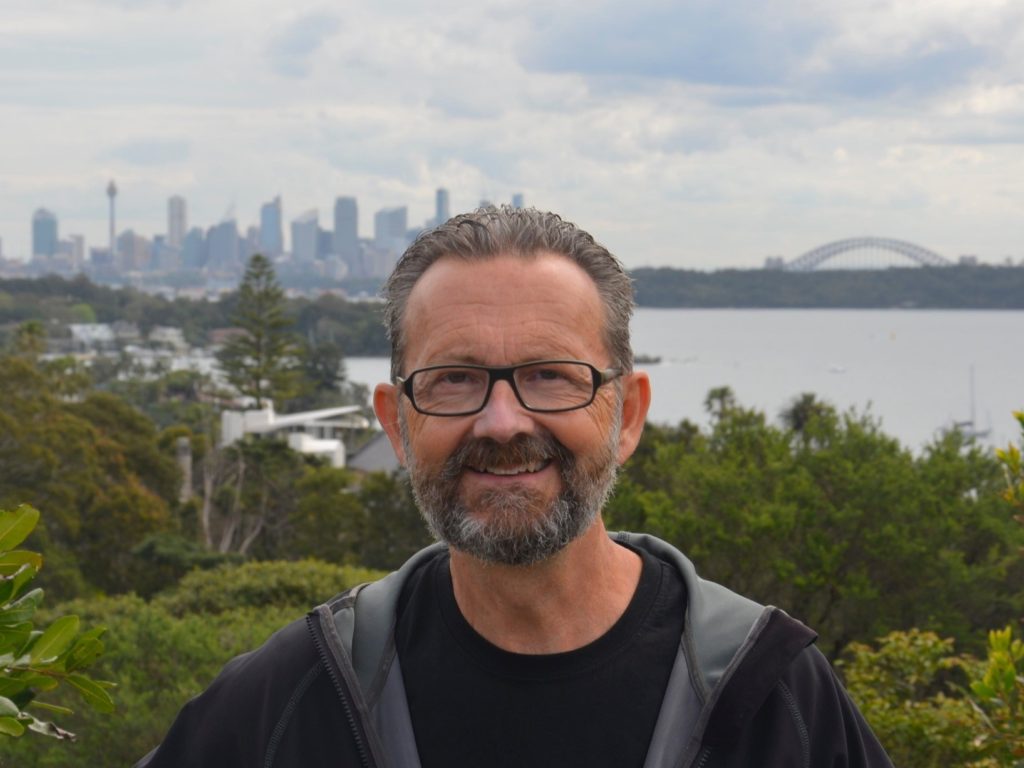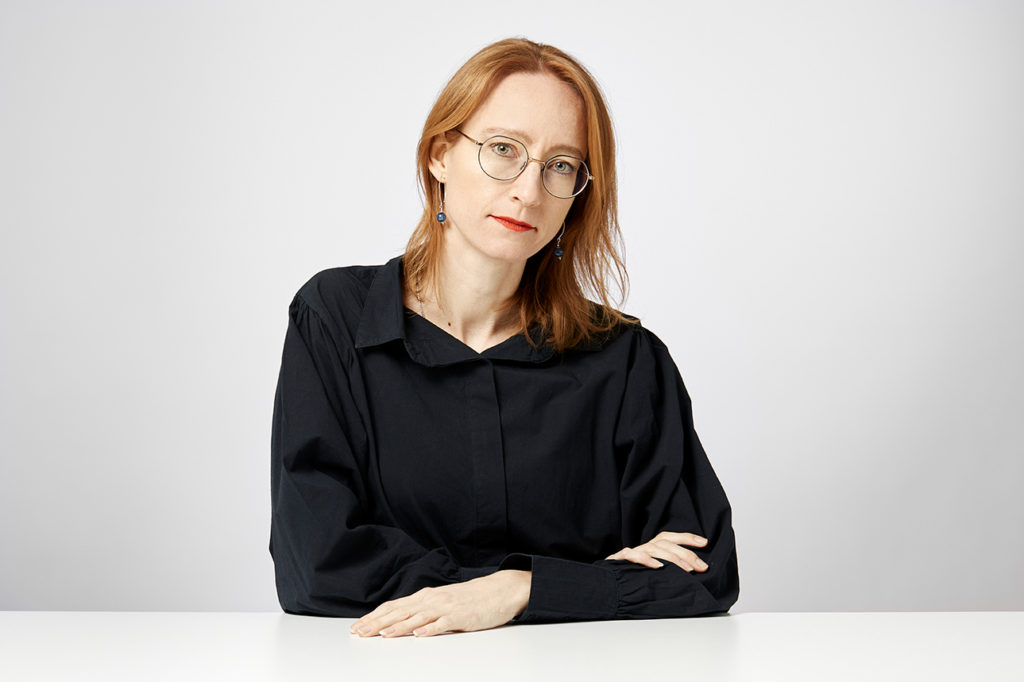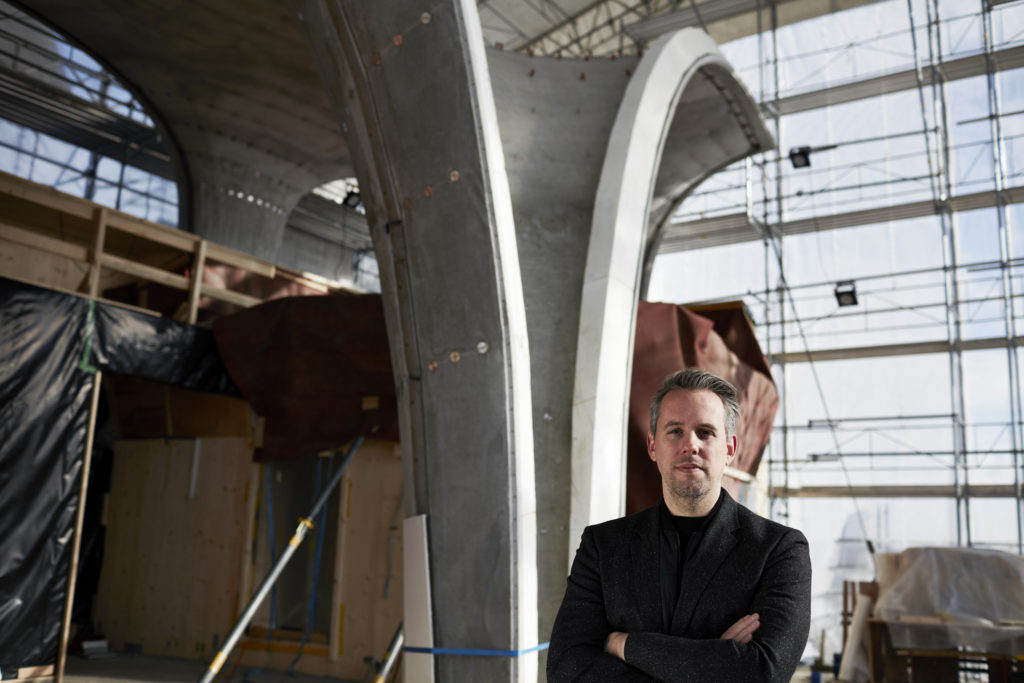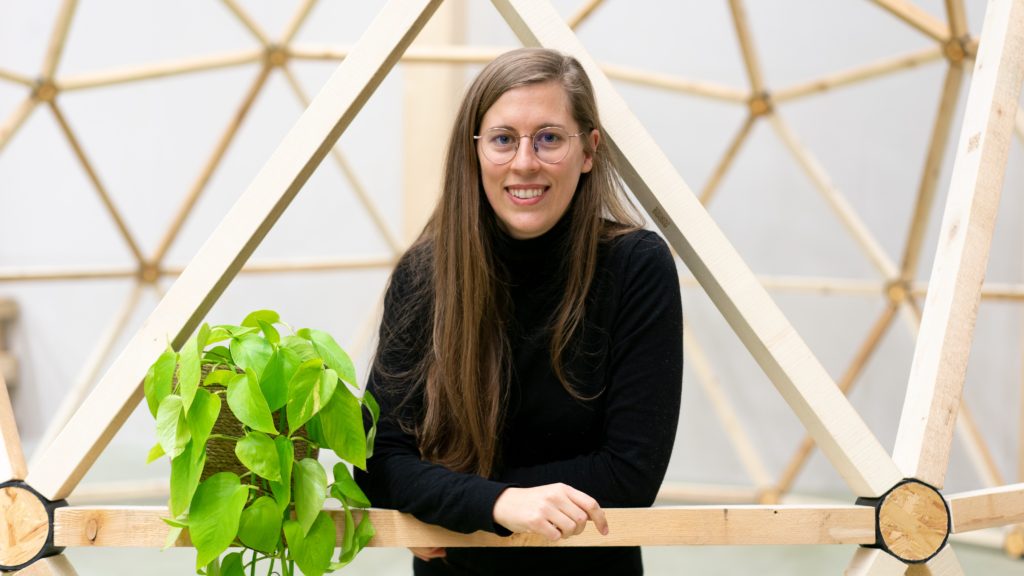Each week, one of the IASS 2024 Symposium Chairs answers three questions about the upcoming event. This week we spoke to Prof. Dr. Walter Kaufmann, Chair of Structural Engineering (Concrete Structures and Bridge Design) at ETH Zurich. His research focuses on the load-deformation behaviour of structural concrete, the structural safety evaluation of existing bridges and buildings, innovative structures and bridges, as well as interdisciplinary research projects.

Walter, what makes the IASS 2024 Symposium unique from others in the same field?
IASS 2024 brings together participants with a common interest in structural design, yet very diverse backgrounds, which makes it a very inspiring event.
What IASS symposium did leave the biggest impression so far and why?
To me, the most impressive contribution at an IASS event was Heinz Isler’s seminal lecture on “New Shapes for Shells”, which he presented at the IASS Symposium in 1959. Unfortunately, I missed it as I wasn’t even born at the time.
What would you like to share with the IASS 2024 participants?
As structural engineers, we should not lose our engineering judgement amidst all the sophisticated computational tools available today, and be aware that we know much less (e.g. on the mechanical behaviour of reinforced concrete) than many of these tools require as input.



